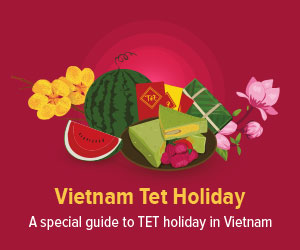Xoi Xeo
Hanoi, the vibrant capital of Vietnam, is renowned for its diverse offerings of sticky rice, known locally as “xôi.” Among the myriad types available, “xôi xéo” stands out not only for its exquisite blend of ingredients and colors but also for its intriguing name.
Visually striking with its vibrant yellow hue, “xôi xéo” can be found in every wet market and often at street stalls throughout Hanoi, especially during the early morning hours. Vendors typically keep the “xôi xéo” warm in bamboo baskets, which they carry over their shoulders or fasten to the backs of bicycles. This beloved dish serves as a popular breakfast option, particularly among students and laborers, due to its affordable price and satisfying nature.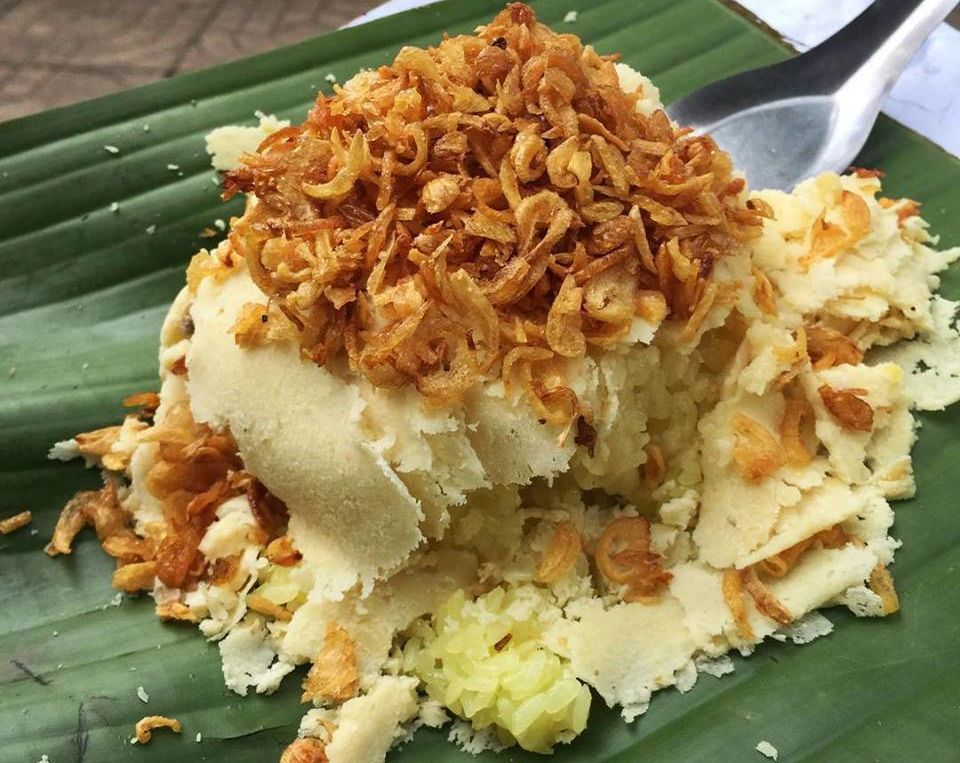 Photo: halotravel.vn
Photo: halotravel.vn
Despite being made from common Vietnamese ingredients, “xôi xéo” is considered one of the more challenging variations of xôi to prepare. Its core ingredients include glutinous rice, turmeric powder, mung beans, shallots, and a bit of liquid fat. The turmeric, when mixed with water and glutinous rice, yields the dish's signature yellow color. The mung beans, once carefully selected and peeled, are steamed, mashed, and shaped into small balls.
Travelers are often fascinated by the vendor's skill in shaping the mung bean balls by hand, coating them with thin layers of yellow bean paste. Topping each serving with crispy, deep-fried shallots, the vendor adds a spoonful of liquid fat to enhance the flavors. The combination of turmeric rice and mung beans, the golden-brown shallots, and the fresh green of banana leaves creates an aesthetically pleasing and appetizing presentation of “xôi xéo.”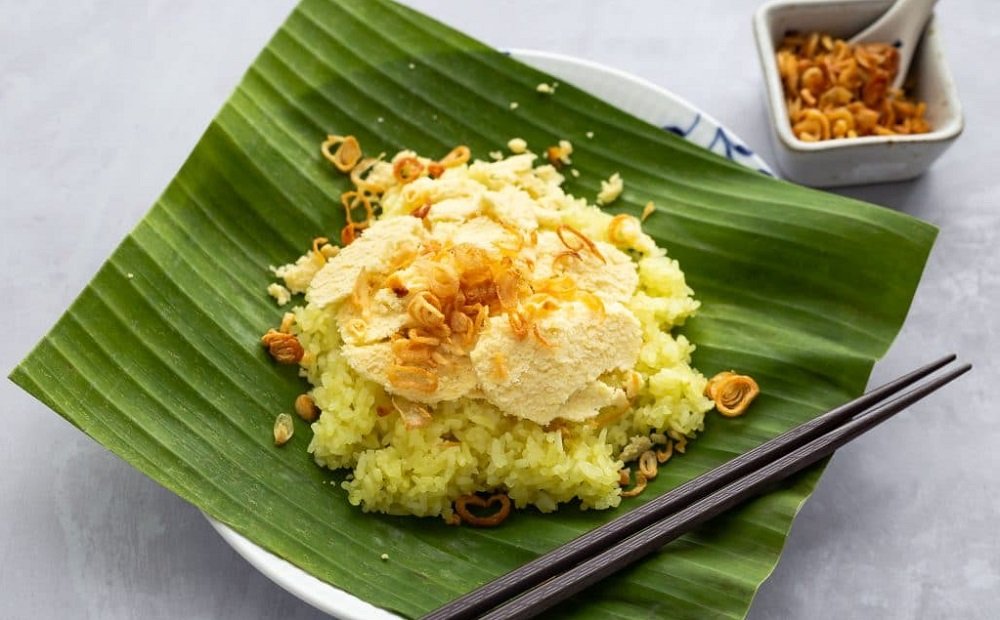 Photo: vinid.net
Photo: vinid.net
Culinary preferences vary; some enjoy their “xôi xéo” loaded with mung beans or fried shallots, while others may prefer it with “ruốc”—shredded and sautéed pork. A generous portion of “xôi xéo,” wrapped neatly in banana leaves and old newspapers, typically costs around 10,000-15,000 VND ($0.40-$0.60), making it a filling option that can sustain you well into the afternoon.
During colder months, vendors often use braziers to keep the oil warm, as “xôi xéo” is especially popular in winter. The bright yellow dish, enriched with liquid fat, brings a sense of warmth and comfort to patrons.
The origins of “xôi xéo” remain elusive, with little known about how it got its unique name. In Vietnamese, “xeo” can be interpreted in an impolite manner, suggesting its intriguing etymology. Regardless of its name, “xôi xéo” continues to be a cherished component of Hanoi’s culinary landscape, loved by locals and tourists alike. More about xôi xéo can be found in the list of 5 must-try foods in Hanoi.
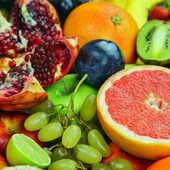
Vietnamese Fruits - An Overview
Being geographically located in the tropical zone, Vietnam is truly a heaven when it comes to fruits.
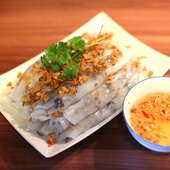
Vietnamese Cakes - A Closer Look At Vietnam's Most Varied Food
An overview to the different types of cake in Vietnam.
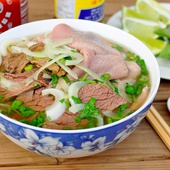
Vietnamese Noodles - An Overview
An introduction to Vietnamese noodles.



